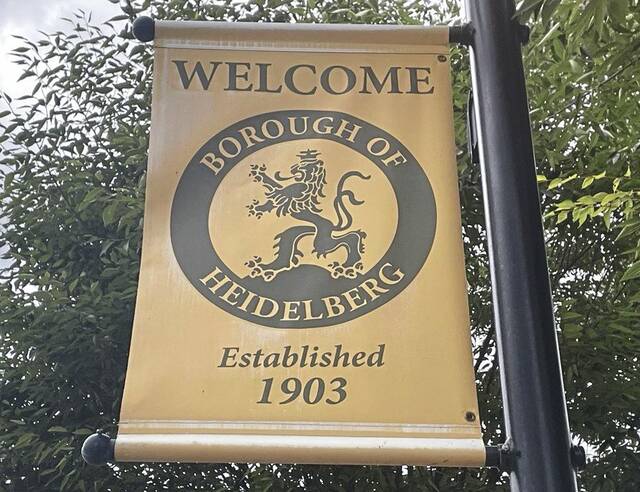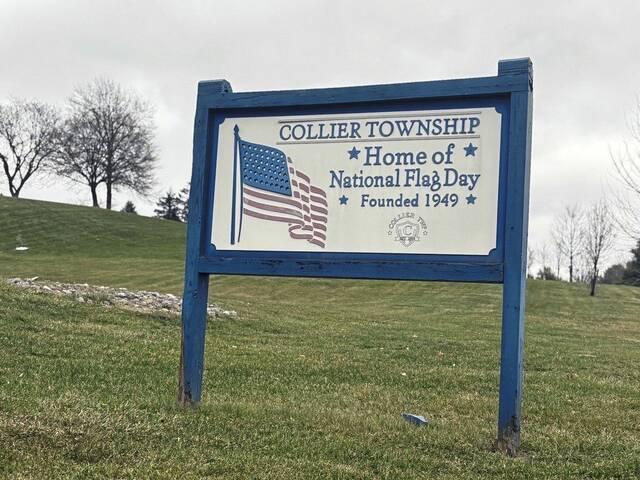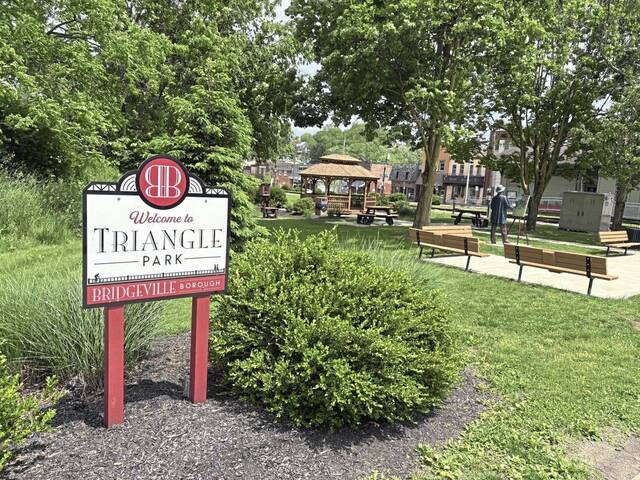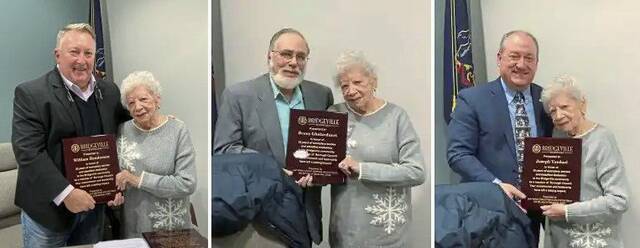We have been aware of Judge Henry Baldwin’s illustrious career and his minor place in Bridgeville history for a number of years. We know he built a summer home, Recreation, in what is now the Greenwood neighborhood in Bridgeville in the early 1800s, which he eventually sold to Moses Coulter in 1818.
Coulter sold Recreation to the Walter Foster family in 1842. They in turn sold it to Dr. William Gilmore in 1879, who left it to his daughter, Capitola, when he died. She married Ulysses. L. Donaldson in 1888; the Donaldson family maintained it until it was demolished in the mid-1900s.
Our study of Pop Ferree’s workbooks documenting the early real estate transactions in the Bridgeville area have turned up information that suggests Judge Baldwin played a much bigger role in the development of our community than we had realized. Consequently it is appropriate that we review his career and then discuss this role.
Henry Baldwin was born in New Haven, Conn. in 1780. He graduated from Yale at the age of 17 and then read law at the Litchfield Law School for a year. In 1799 he moved to western Pennsylvania and was elected as the first district attorney for Crawford County.
By 1802 he was in Pittsburgh, combining a successful law practice with lucrative investments in the iron-making industry. In 1816, Baldwin was elected to the U.S. House of Representatives, where he served for three terms. While in Congress he became a supporter of Andrew Jackson, campaigning actively for him in the 1828 Presidential campaign.
Jackson rewarded him by nominating Baldwin as an associate judge of the U.S. Supreme Court in 1830. He served on the court until his death in 1844. Baldwin’s years on the high court were significant. He is credited with initiating the practice of publishing dissenting opinions on non-unanimous verdicts.
A remarkable entry in Pop Ferree’s workbook, on Nov. 8, 1813, records the sale of 2,023 acres of land in the Bridgeville area, by Presley Neville, to Henry Baldwin for $32,000. This comprised a continuous swath of land 3 miles long by 1 mile wide running all the way from Scrubgrass Run in Scott Township to Mayview in Upper St. Clair.
Baldwin’s motives for such a move are a puzzle. Perhaps he was a land speculator or possibly a serious investor with ambitious plans for this area. In 1813, $32,000 was a fortune, equivalent to $5 million or $6 million today.
The Greenwood neighborhood was part of this purchase; we presume that 1813 is when Baldwin built Recreation. This was, of course, prior to his becoming a congressman, a time when his primary occupation was that of an attorney.
After five other transactions, the final appearance of Henry Baldwin’s name in Pop Ferree’s workbook is dated Nov. 19, 1827. It reports a sheriff’s sale of 1,050 acres, “lands and tenements of Henry Baldwin, late of Allegheny County, yeoman” to the Bank of the United States for $8,000. We can understand the necessity for a sheriff’s sale; the involvement of the federal bank is a puzzle.
Judge Baldwin was certainly a significant national figure in the early years of the 19th century. We were surprised to learn how significant he was in the early development of Bridgeville.








